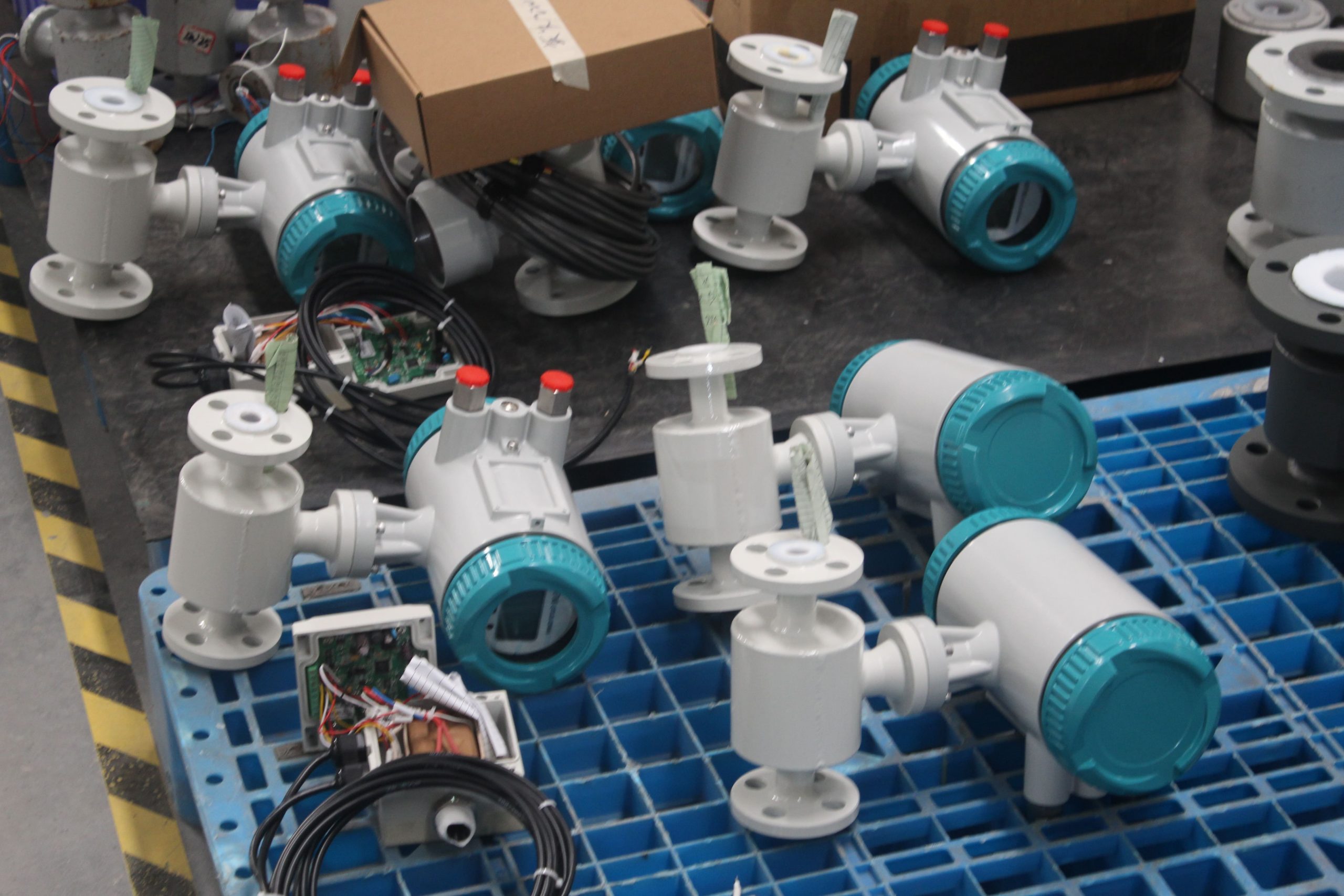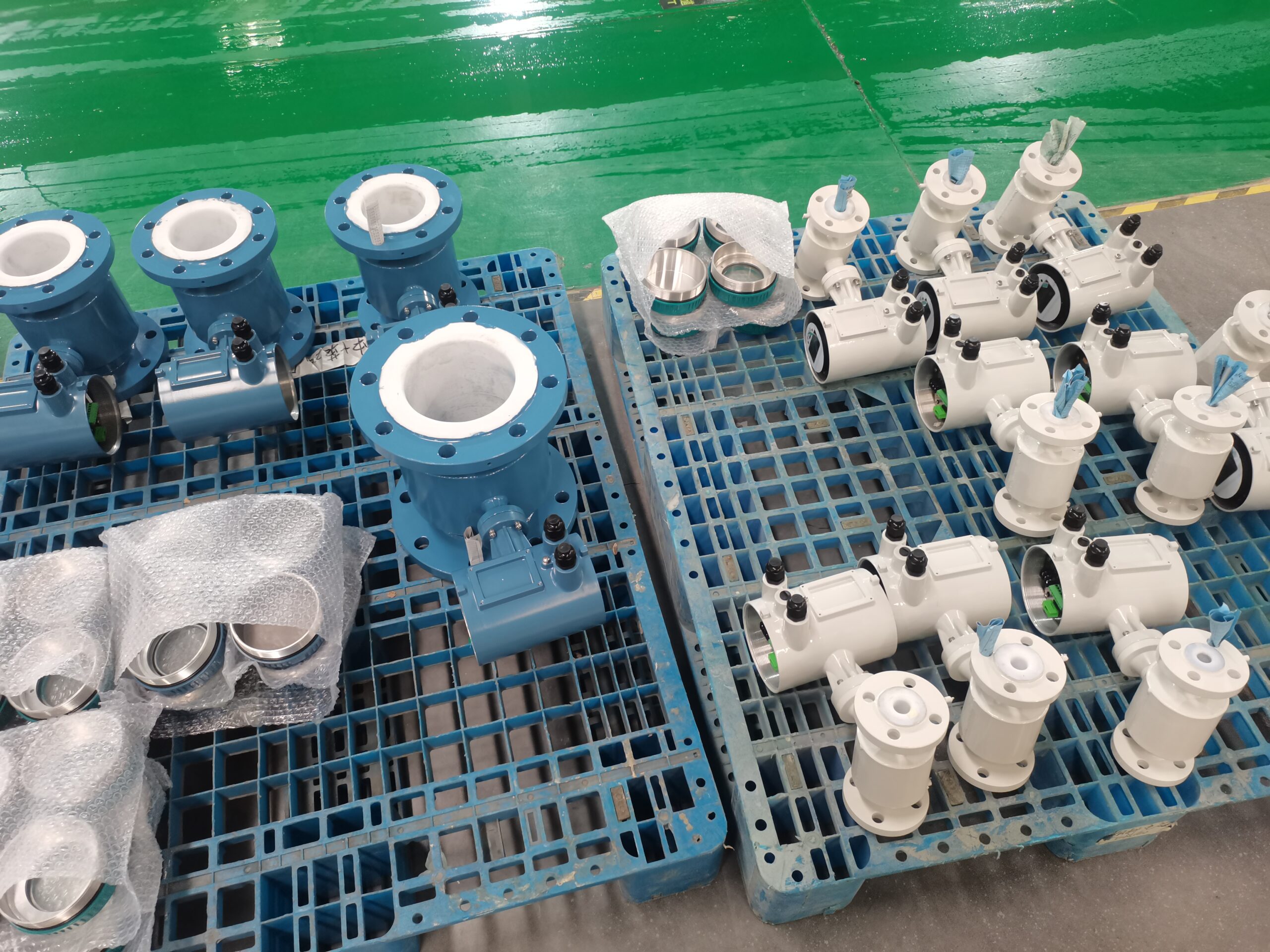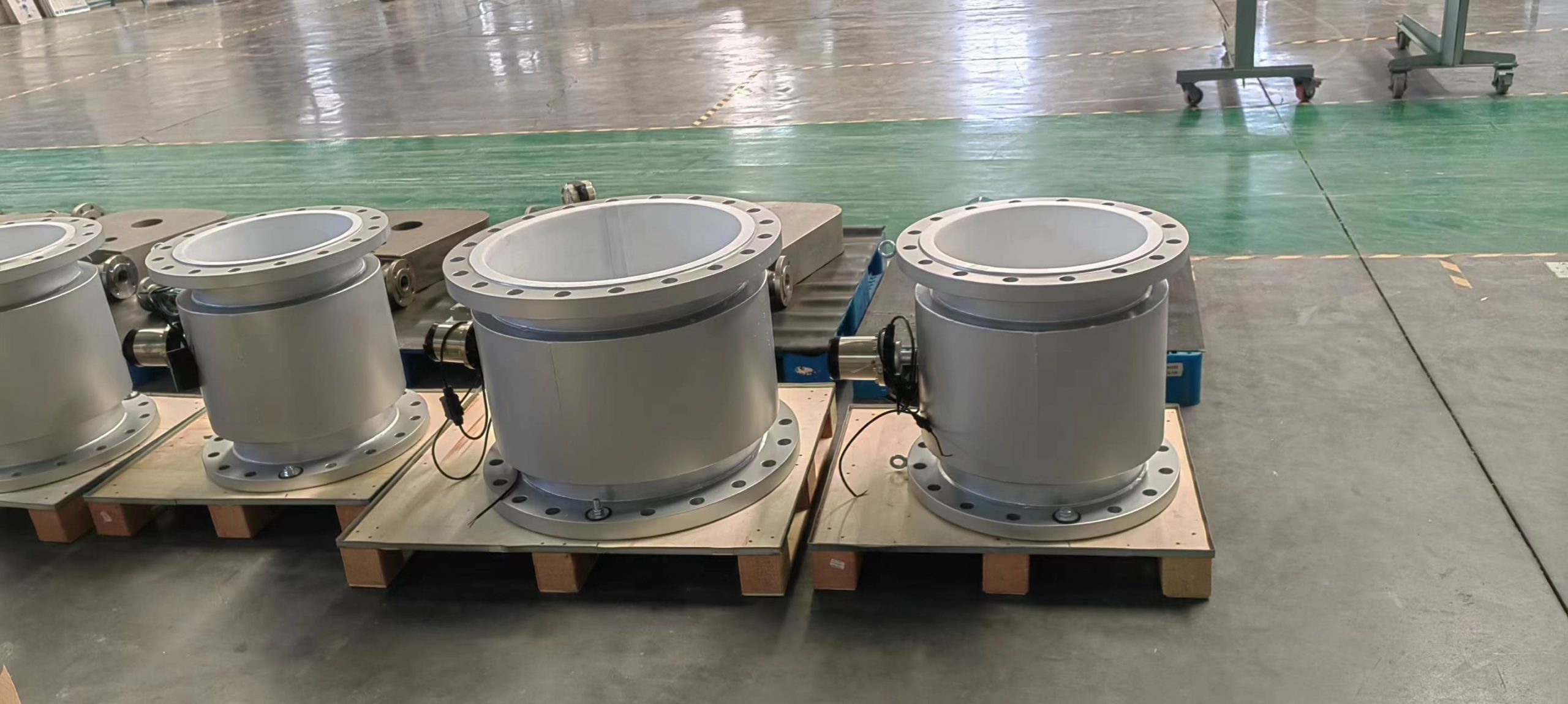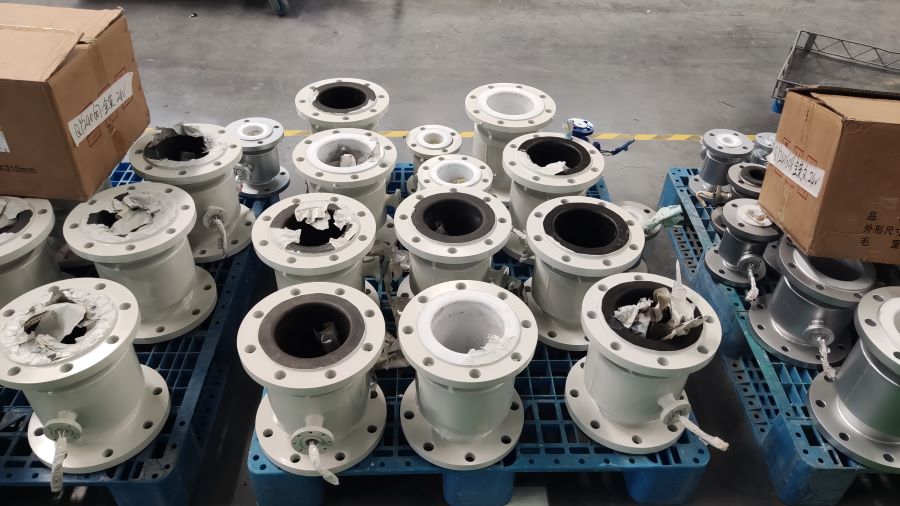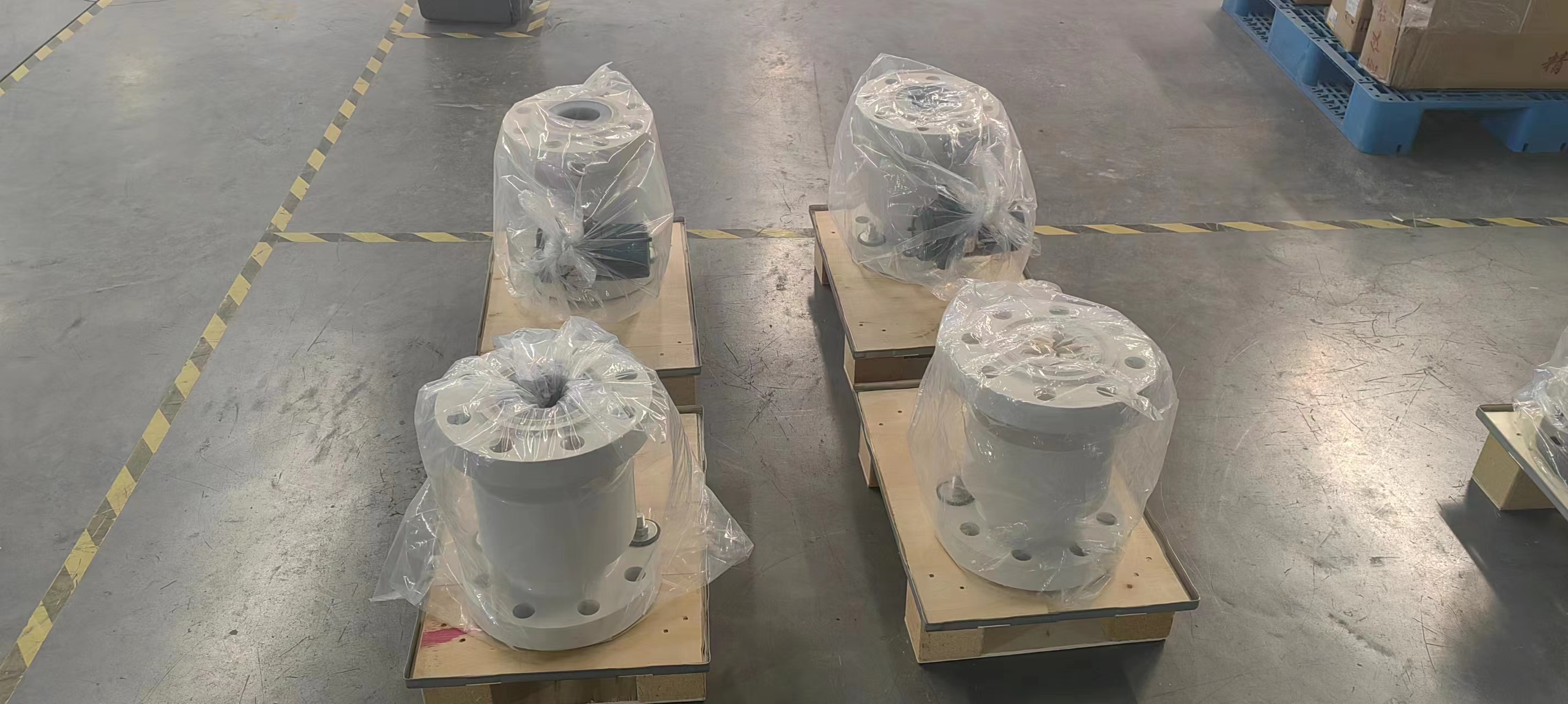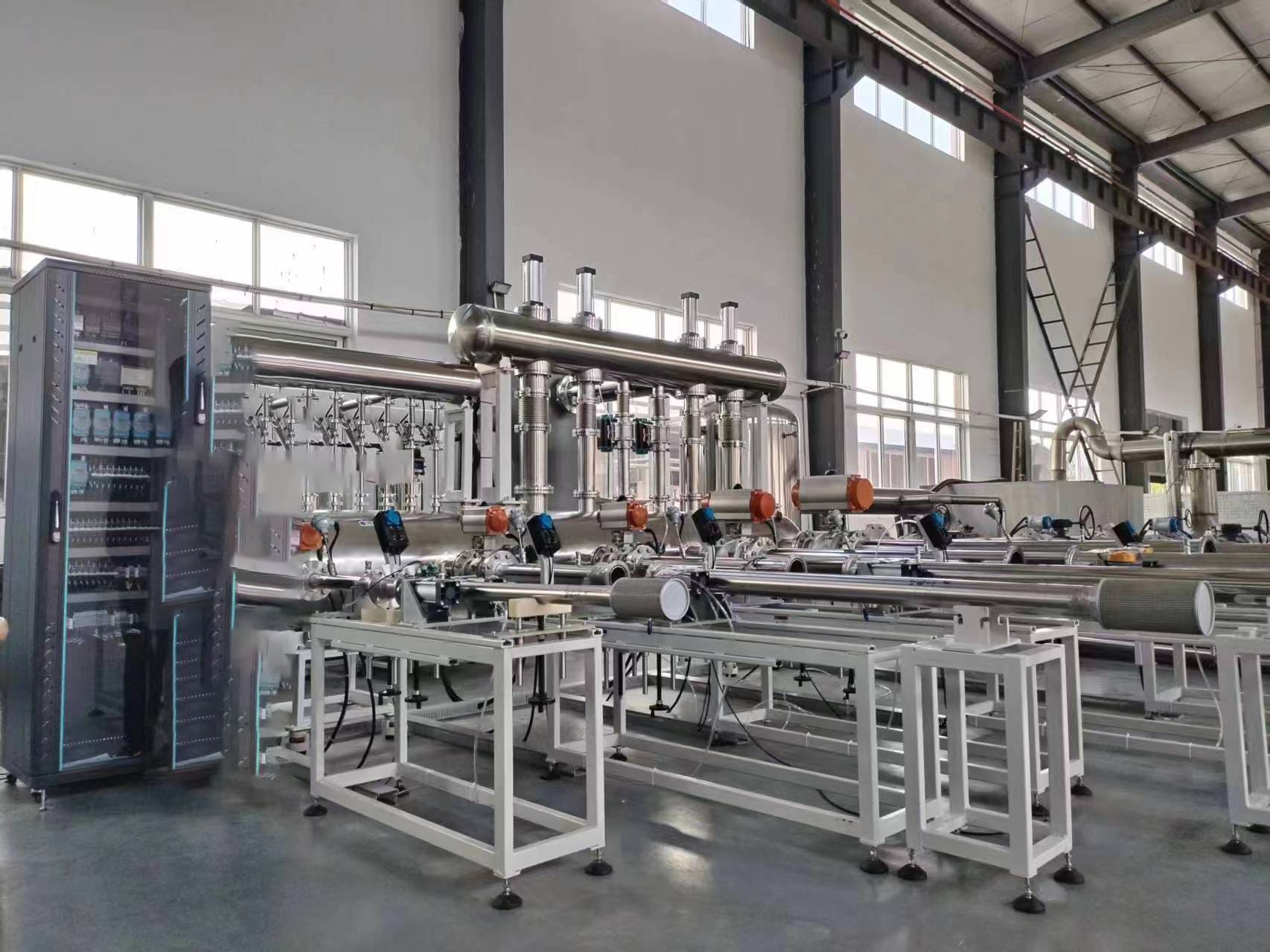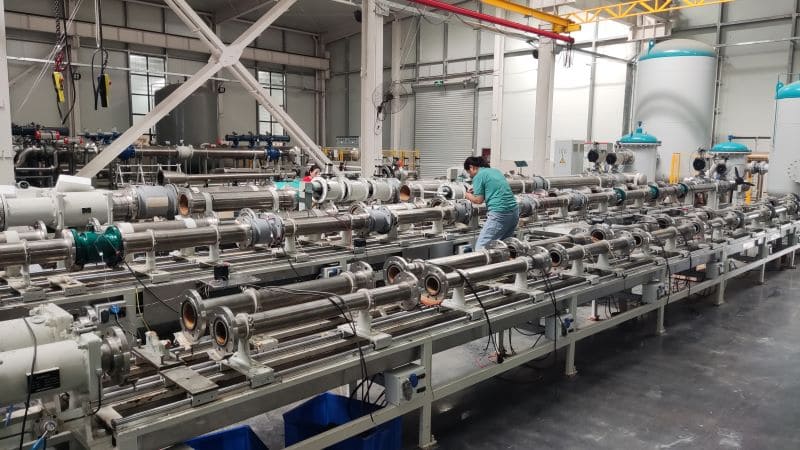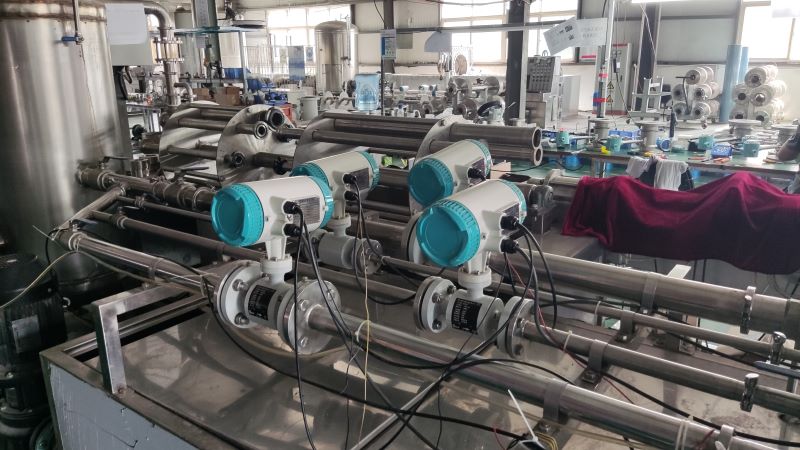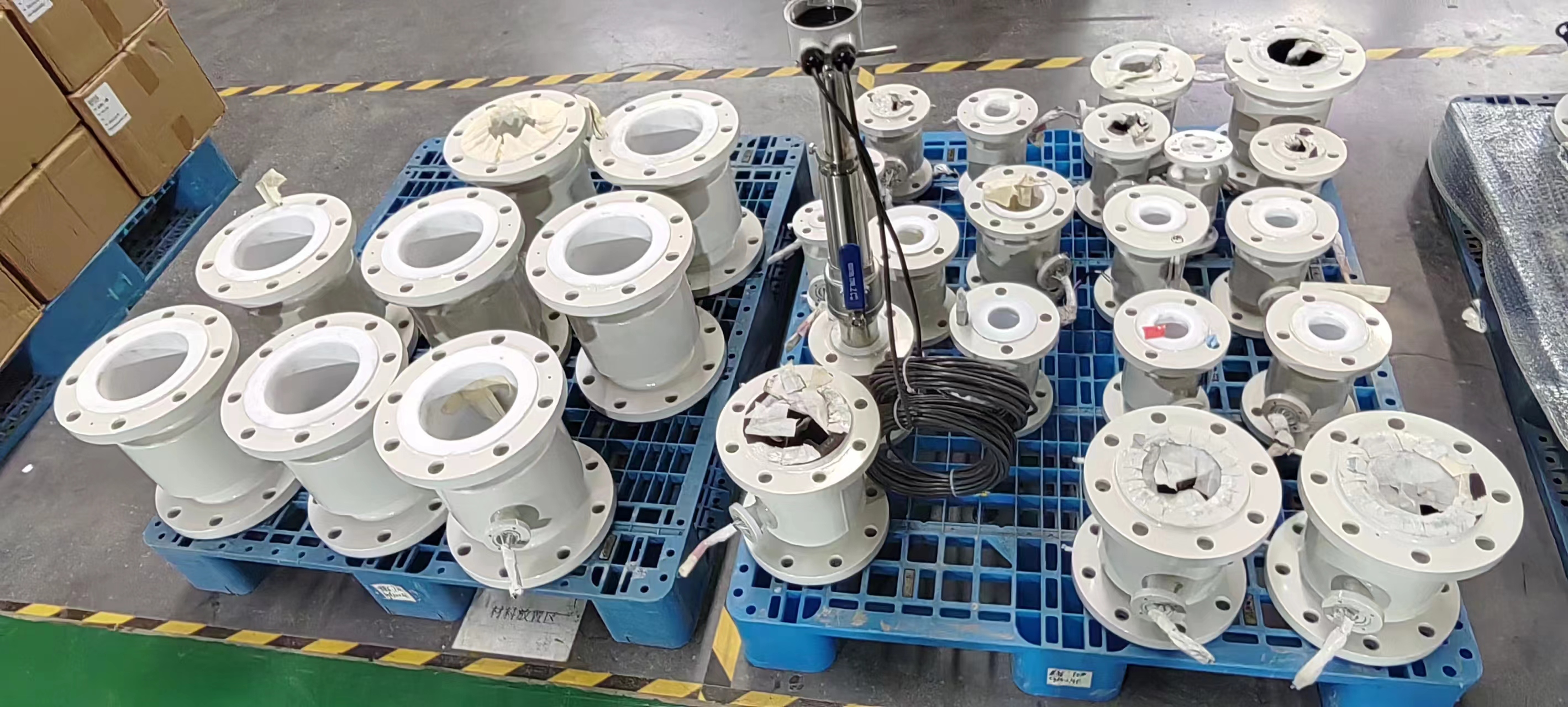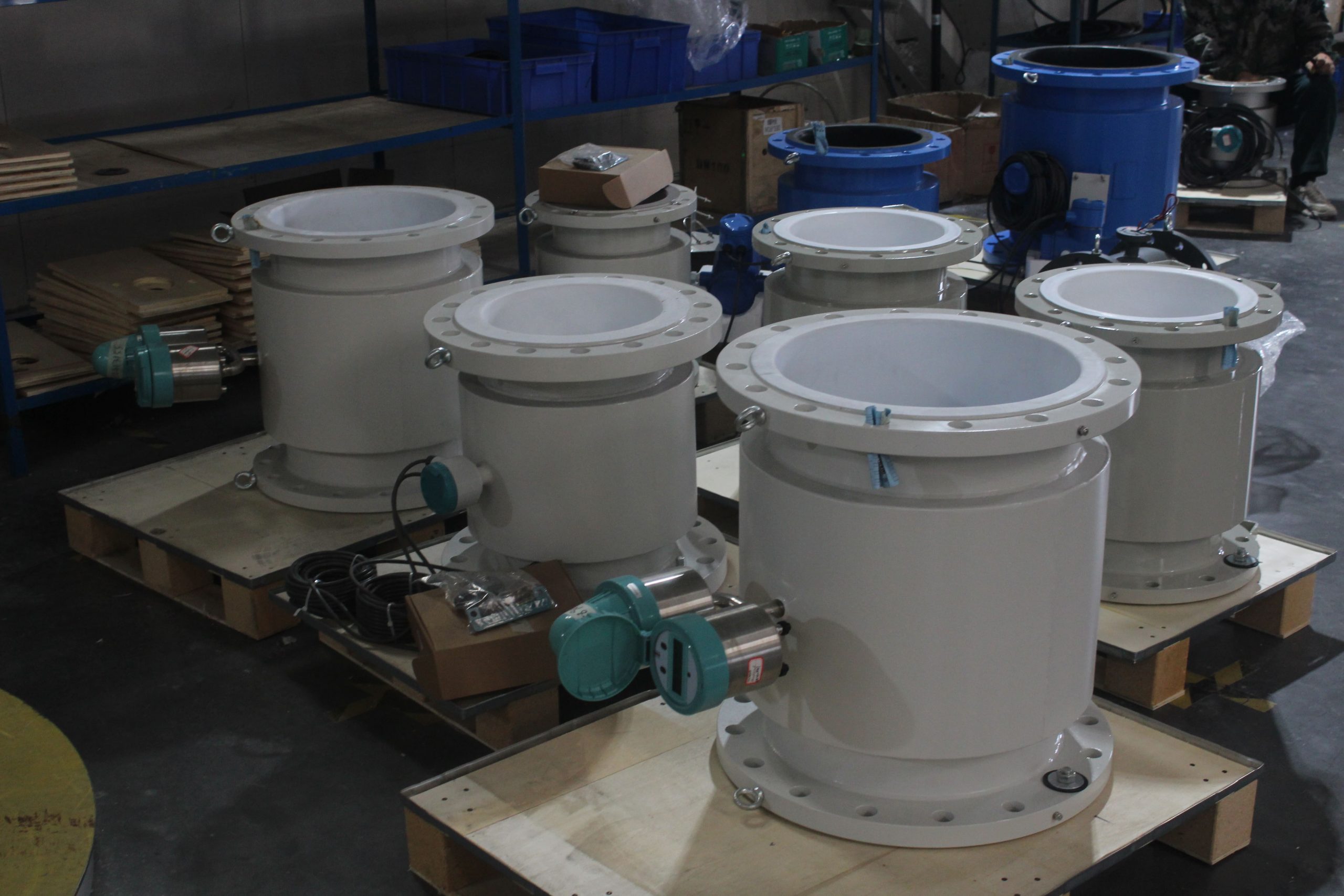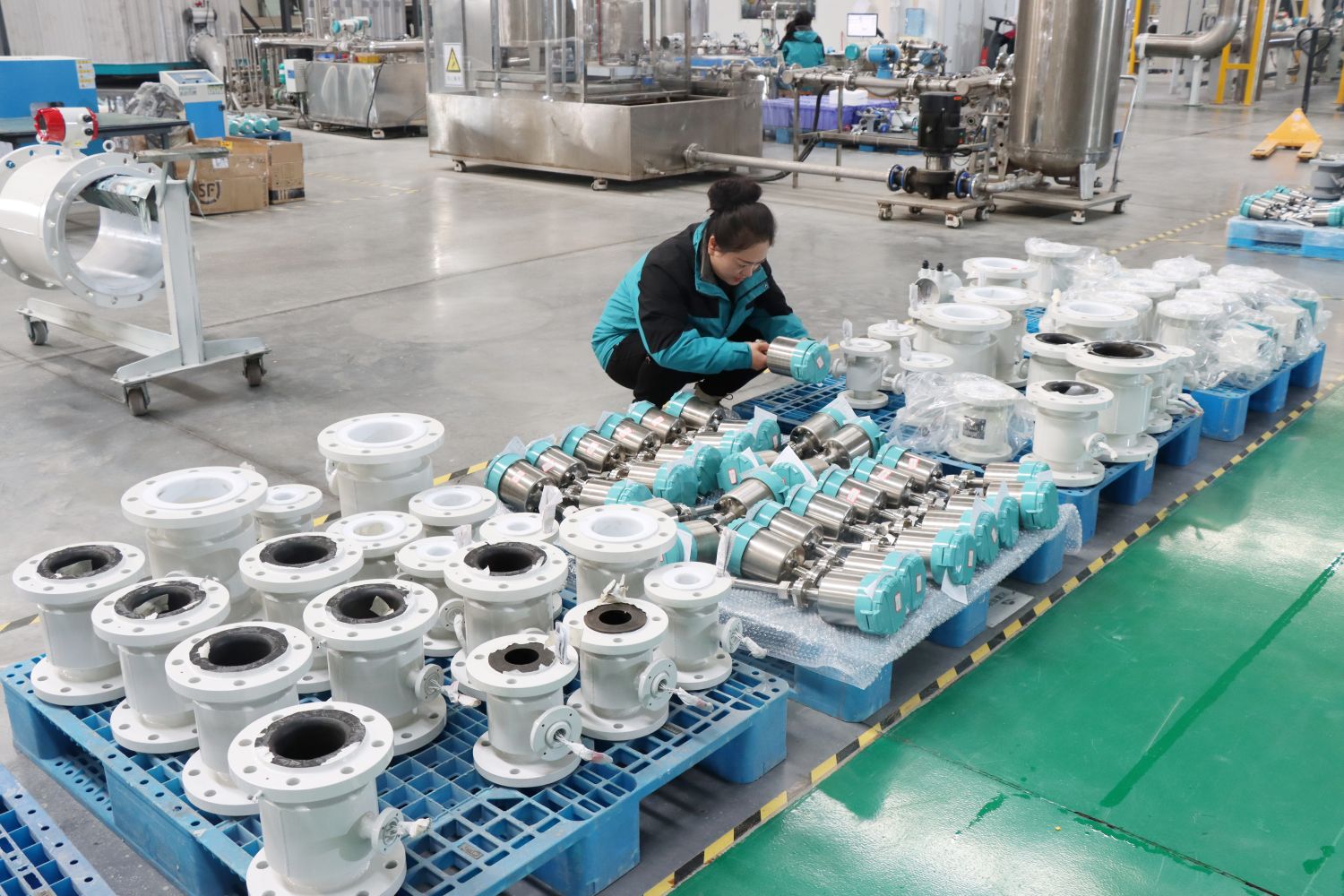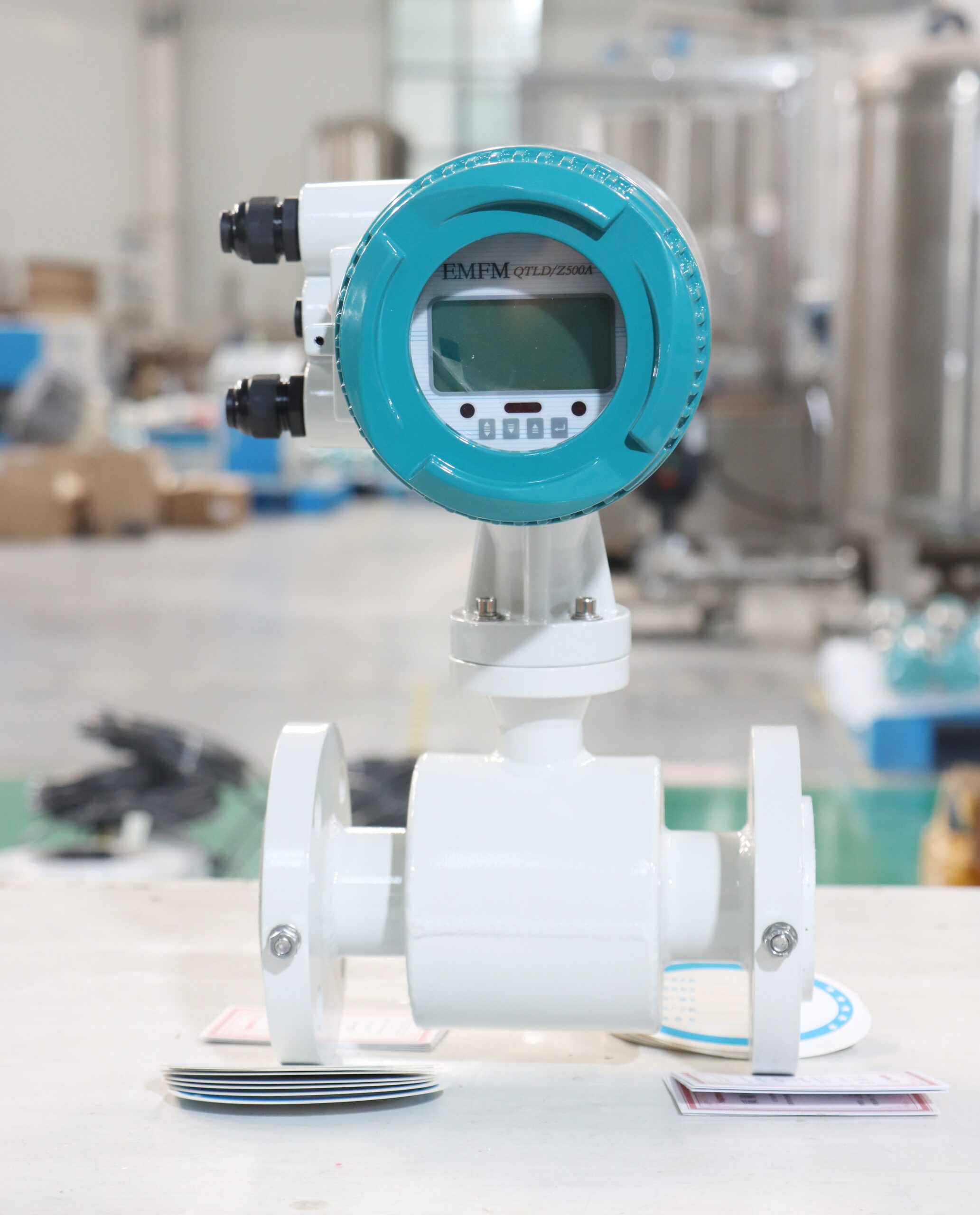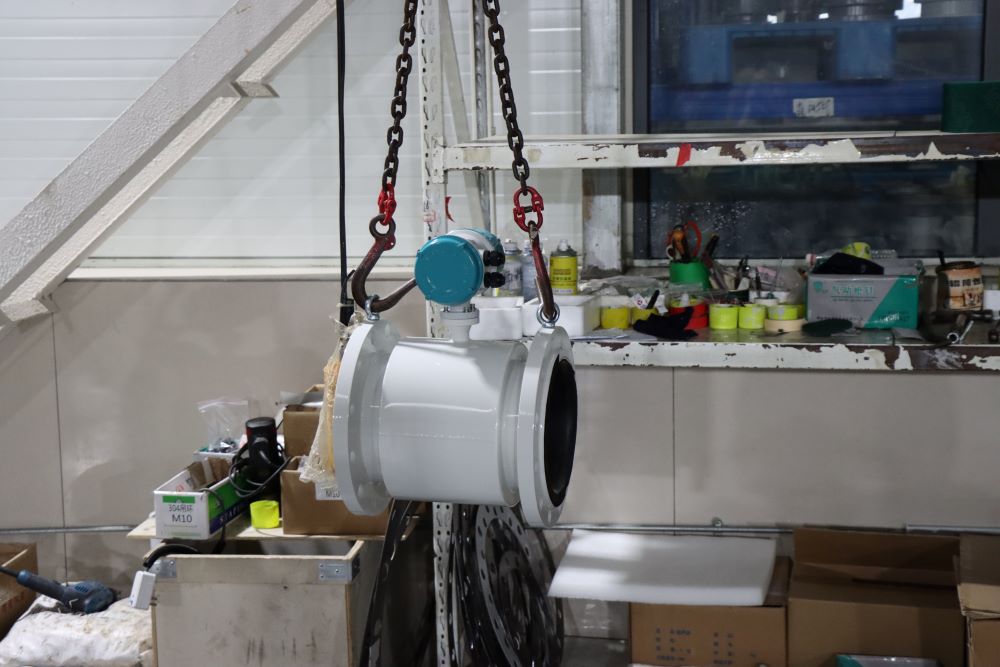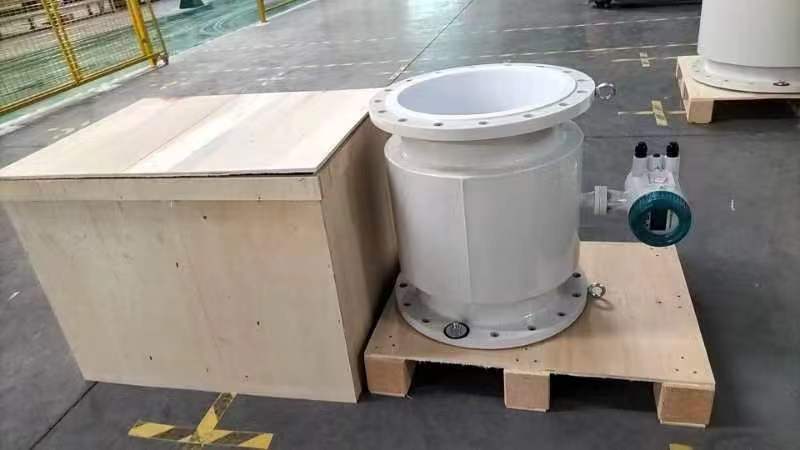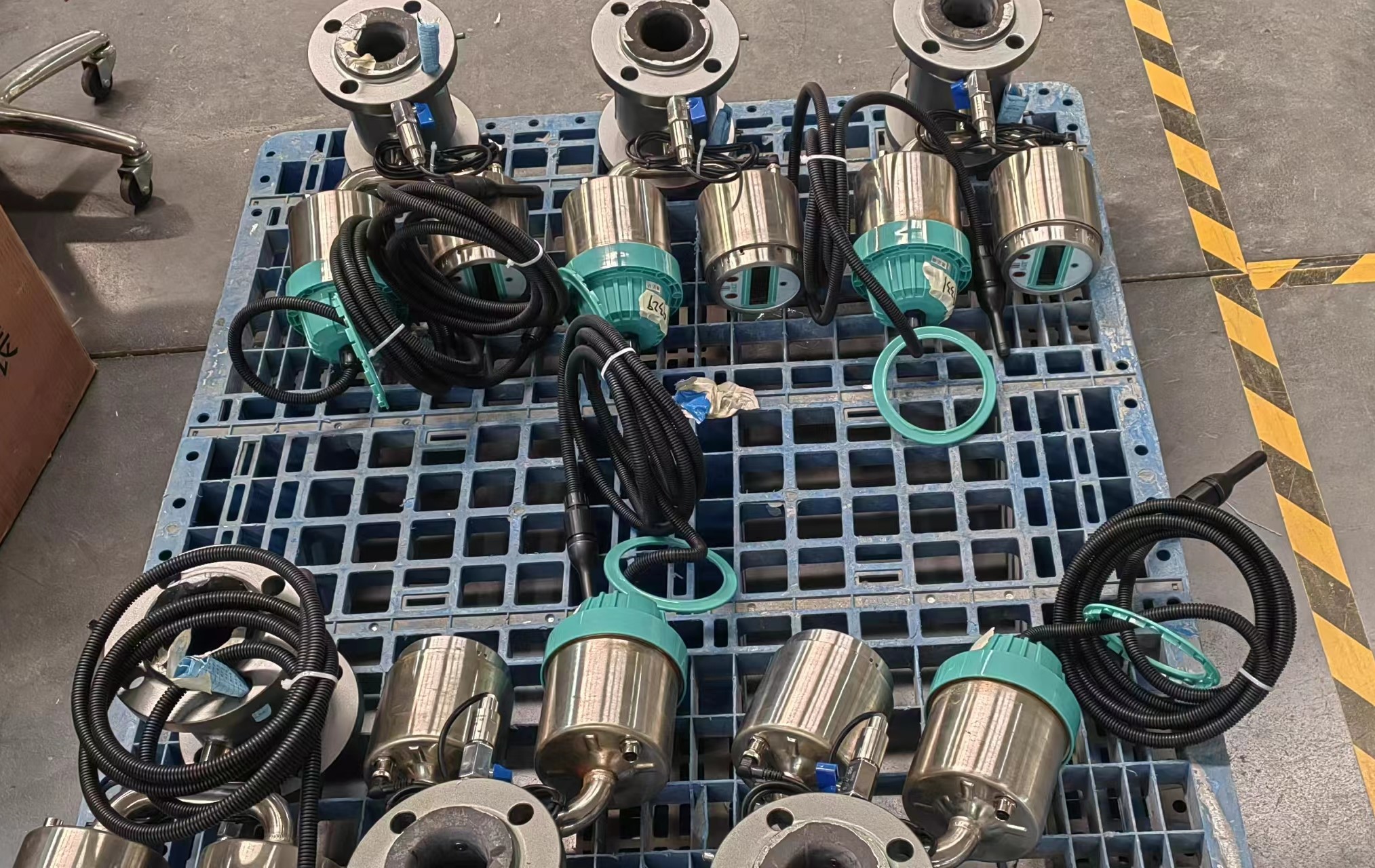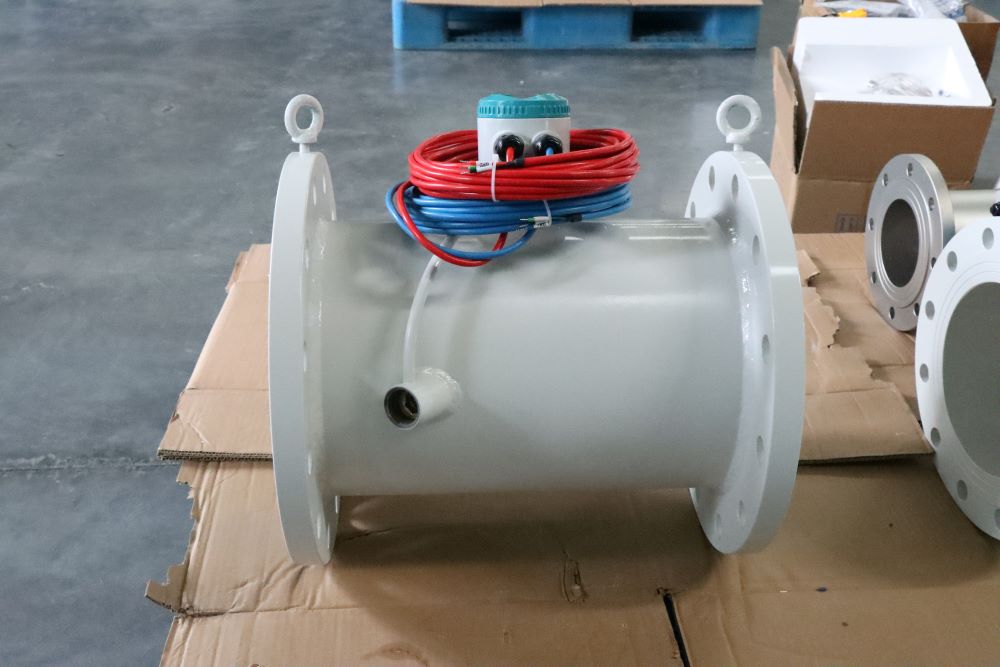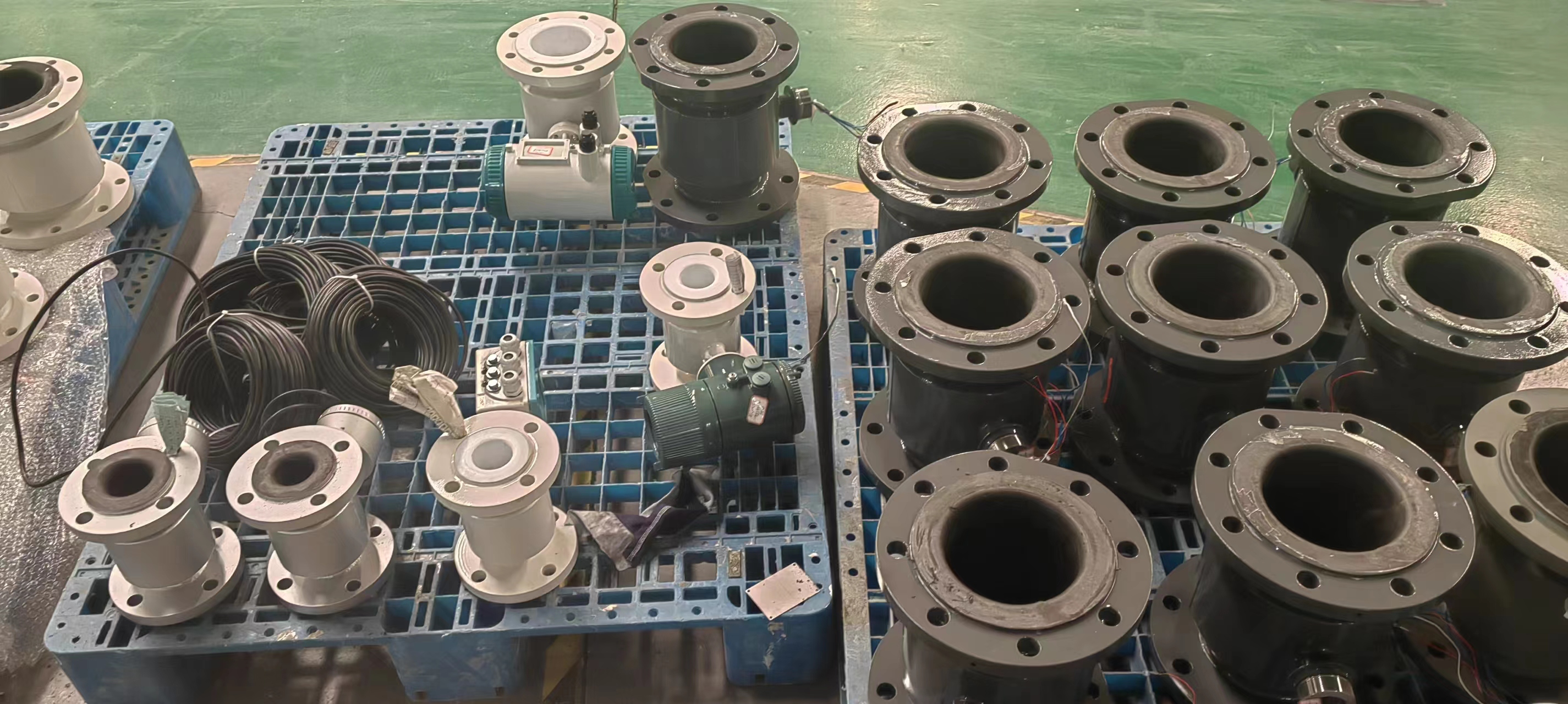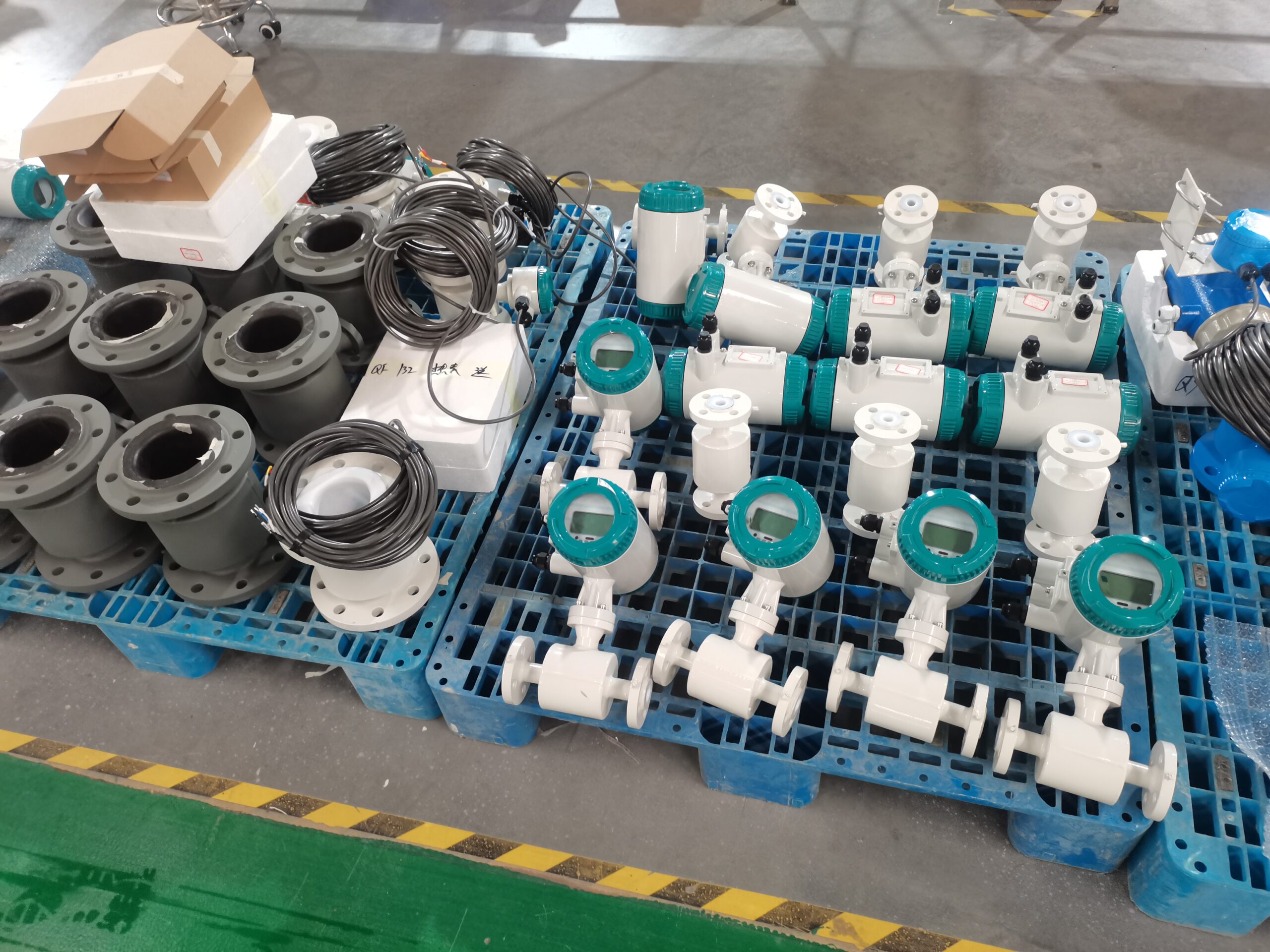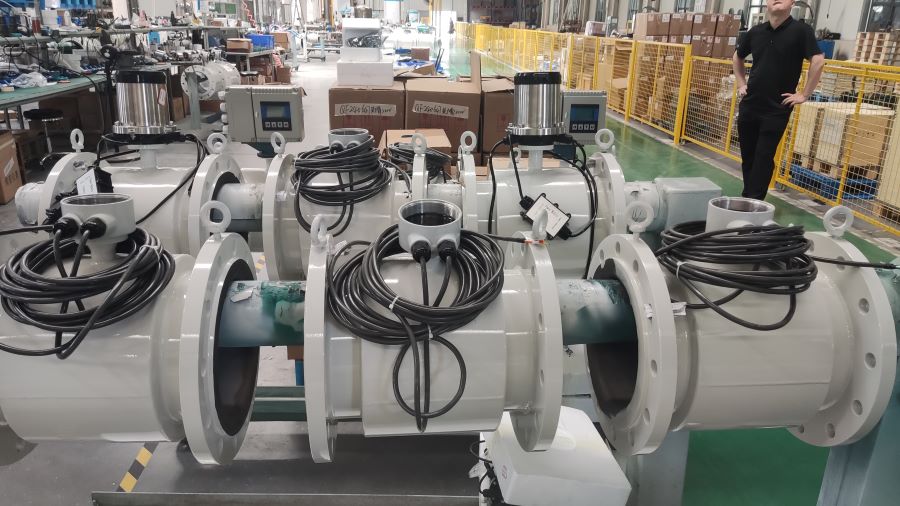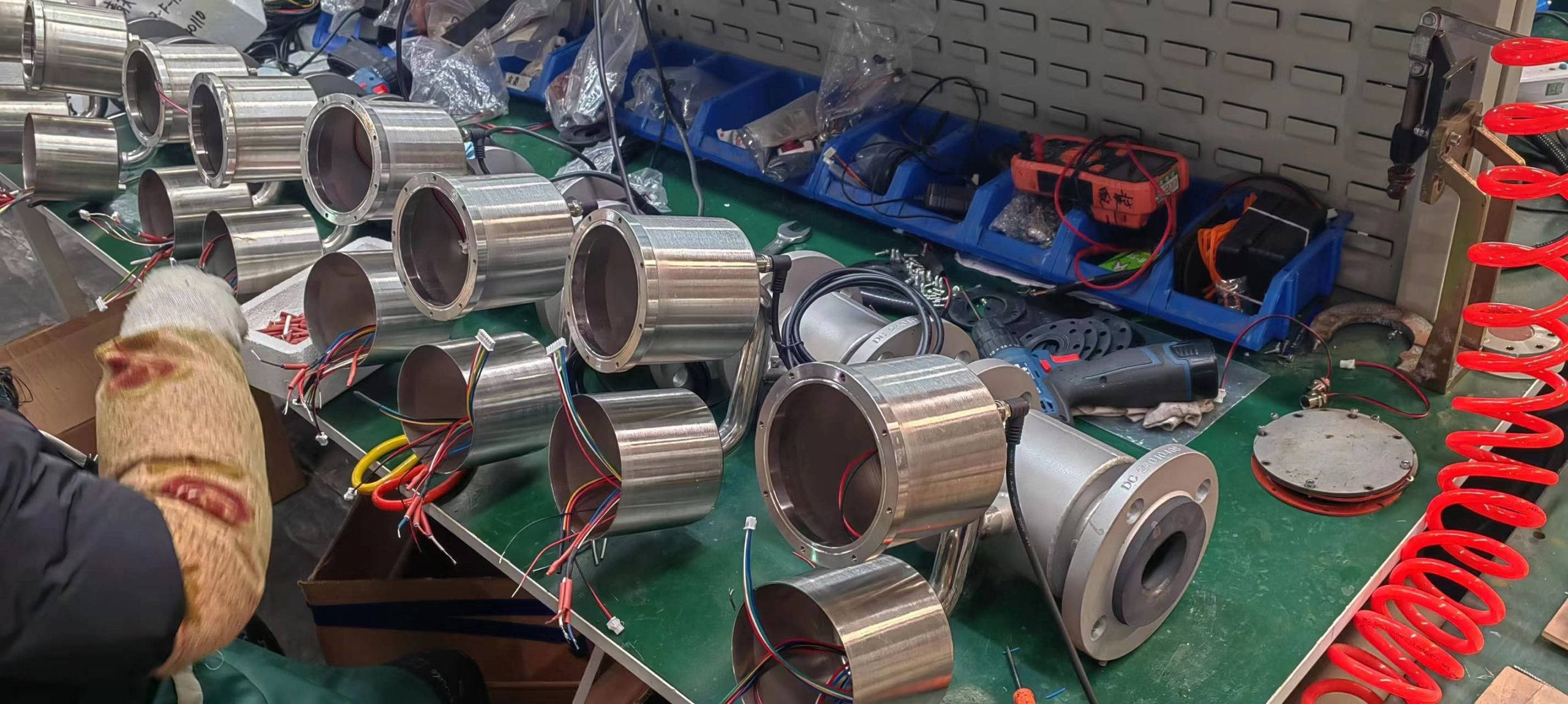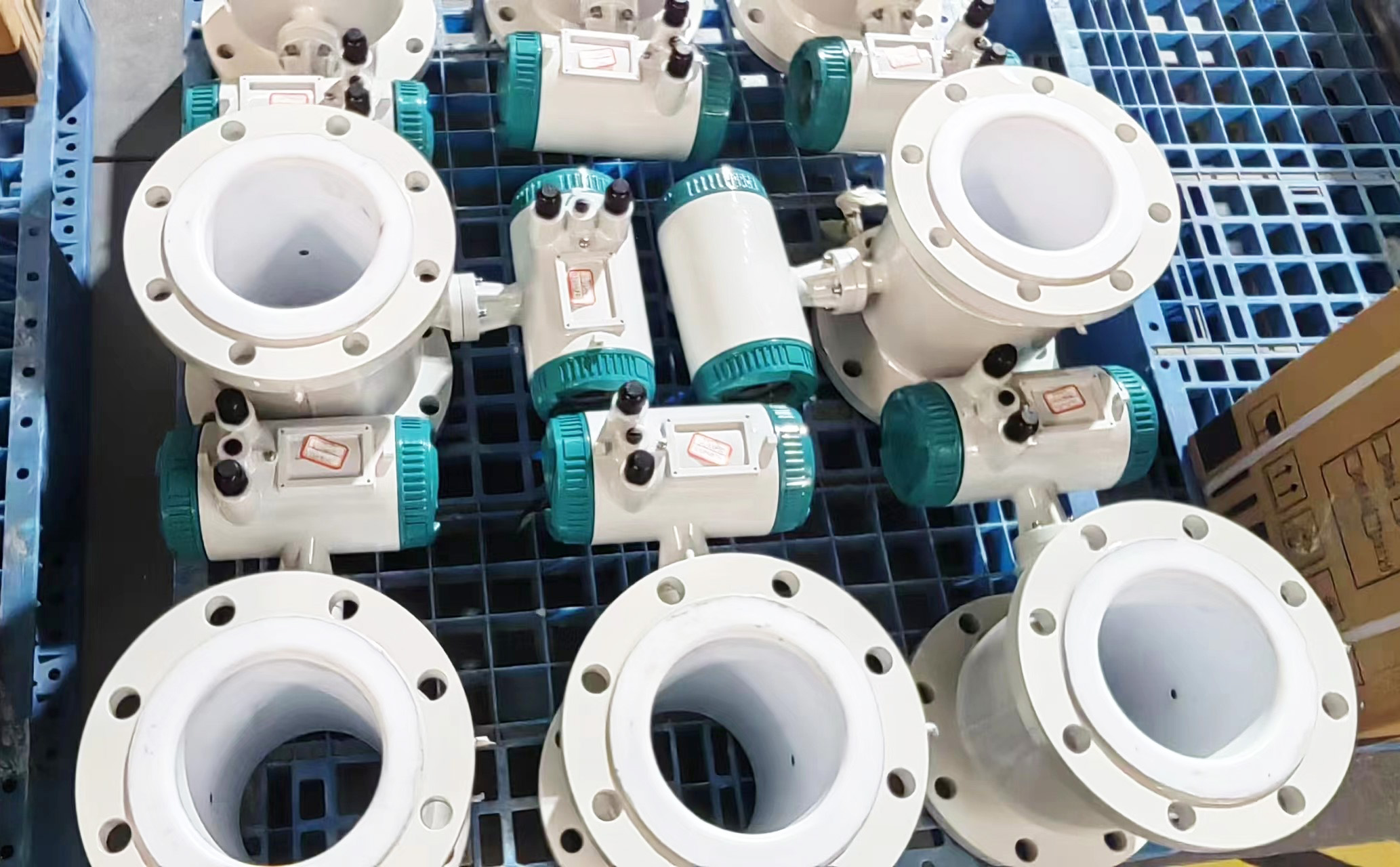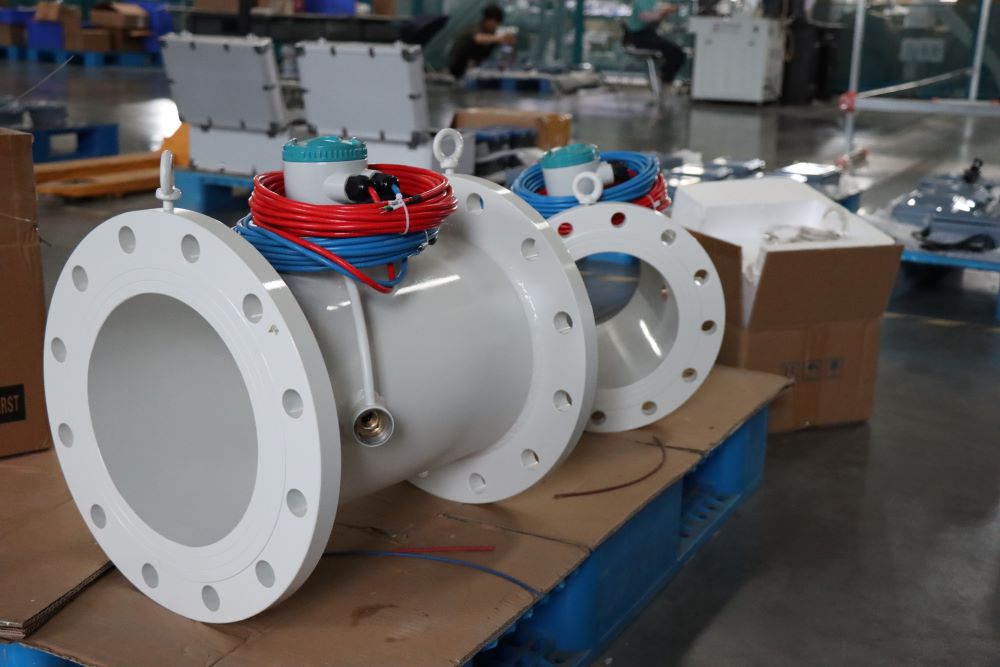How to choose the electrode of the electromagnetic flow meter?
The electrode is the main part of the electromagnetic flowmeter used to measure the liquid flow, therefore, the choice of normal electrode material is directly related to the accuracy of the measurement and the price of the electromagnetic flowmeter.
At present, there are seven electrodes commonly used on the market, which are acid-resistant steel, Hastelloy B, Hastelloy C, stainless steel, titanium, tantalum, platinum-iridium. This article will give you a detailed introduction to the advantages and disadvantages of these seven materials, so that you can be more accurate when selecting electrodes for electromagnetic flowmeters.
Acid-resistant steel, mostly used in non-corrosive fluid media.
Stainless steel, mainly used for domestic and industrial water treatment, can also withstand the general weak corrosive acid, alkali, salt liquid, cheap, low cost.
Hastelloy B, which has good corrosion resistance to any concentration of hydrochloric acid below the boiling point, can also resist sulfuric acid, phosphoric acid, hydrofluoric acid, organic acid and other non-oxidizing acids, bases, salt liquids. It is not suitable for liquids with oxidation, such as nitric acid.
Hastelloy C has good resistance to oxidation acids, such as nitric acid, mixed acids, oxidizing salts, sea water and so on. However, its corrosion resistance to reducing acids such as hydrochloric acid is not good.
Titanium, corrosion resistance is better than acid-resistant steel, for chloride, hypochlorite, seawater and other excellent corrosion resistance. But not applicable to reducing acids, such as sulfuric acid, hydrochloric acid.
Tantalum, excellent corrosion resistance, most chemical media can withstand, in addition to hydrofluoric acid, fuming sulfuric acid, alkali, almost can resist the corrosion of all chemical media.
Platinum-iridium, in addition to the expensive cost, it can basically withstand all the current corrosive liquids.
I believe that you have read the introduction of this article, and have a general understanding of the electrode. I hope that you can choose the right electrode to match your own product when selecting the electromagnetic flowmeter.

